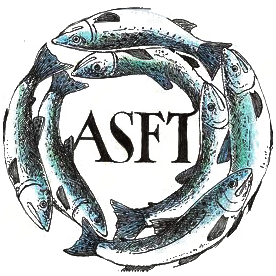For thousands of years, Tlingit and Haida communities have thrived in Southeast Alaska by harvesting salmon, halibut, shellfish, herring, groundfish, and other resources from the sea. Traditional native knowledge, social customs, and arts all reflect an ancient, intimate connection to the marine environment.
When people of European and other origins came to the Panhandle, fishing again was at the core of community life. Today every town has one or more harbors—veritable forests of trolling poles, docks where seine fishermen and gillnetters mend their nets, where longliners tie up after delivering their catch, and where charter boat fishermen come to chase their dreams.
If commercial fishing is the heart of life in most Southeast Alaska towns, then subsistence fishing is the soul. Kids with spinning rods crowd along the riverbanks in summer. People with skiffs of every size and description head out after salmon, halibut, rockfish, crab, and shrimp. Subsistence fishing is much more than recreation, it’s about staple foods with serious cash-equivalent value for local families.
The 55,000 residents of Southeast Alaska live in a unique congeries of villages, towns, and cities. Hugging the coastline, backed by sheer mountains, and often isolated on islands, most of these communities are accessible only by plane or ferry. The names of these fishing communities embody the diversity and character of its people: Hoonah, Angoon, Sitka, Kake, Port Alexander, Juneau, Haines, Port Protection, Petersburg, Ketchikan, Tenakee Springs, Klawock and Wrangell.
Every Panhandle community is linked to the others by the tides that flow between them, by the fish that pass their shores, and by their shared harvesting of the sea. This is the “blue economy”—the SEABANK—that underwrites and sustains Southeast Alaska’s communities and ways of life.
